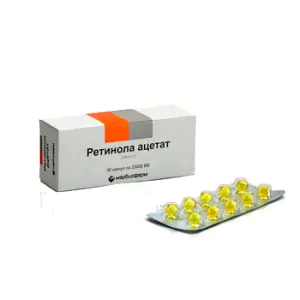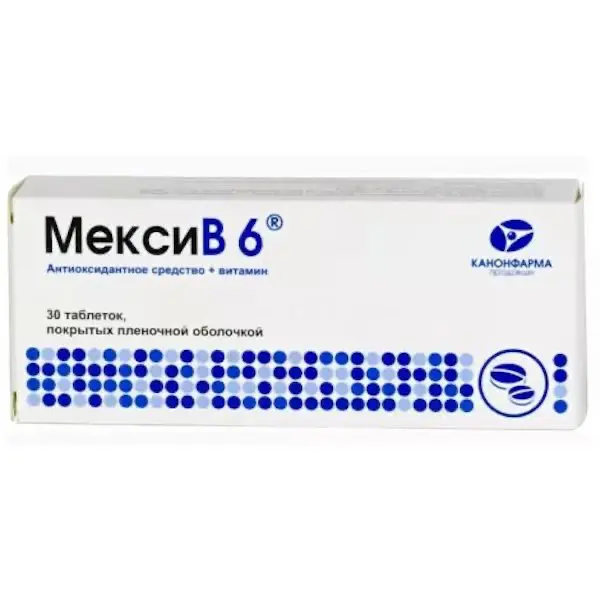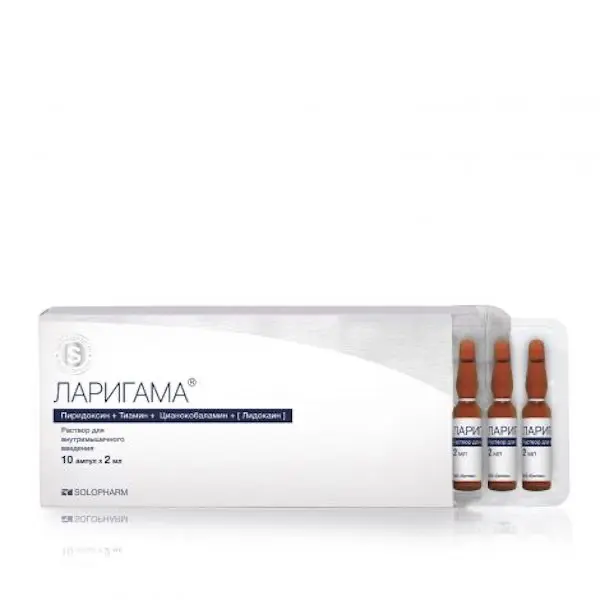Description
Retinol Acetate Pharmacokinetics
Rapidly absorbed from the gastrointestinal tract (mainly from the 12 duodenum and jejunum), requires the presence of bile acids, pancreatic lipase, proteins and fats. Binding to plasma proteins (lipoproteins) is normally less than 5%; with excessive intake of vitamin A with food and overfilling of liver depots, its binding to plasma lipoproteins can be as high as 65%. The amount of vitamin A bound to lipoproteins may increase with hyperlipoproteinemia. When released from the liver depot, vitamin A forms a complex with retinol-binding protein, in the form of which it circulates in the blood. In small amounts penetrates into breast milk and through the placenta. It is deposited in the liver (about the two-year requirement of an adult body), and in small amounts in the kidneys and lungs. Zinc-containing substances are required for mobilization of vitamin A from the depot. Metabolized in the liver. Excreted by the intestine (not absorbed part) and the kidneys.
Indications
Treatment of vitamin A deficiency.
Contraindications .
Hypersensitivity to the ingredients of the drug, hypervitaminosis A, impaired absorption of lipids, chronic malabsorption, concomitant therapy interfering with absorption of vitamin A, intolerance to peanuts, cholelithiasis, chronic pancreatitis, acute inflammatory skin diseases, pregnancy and lactation, children.
Caution
Nephritis, II-III degree heart failure, alcoholism, cirrhosis of the liver, viral hepatitis, renal failure, advanced age.
Administration during pregnancy and breast-feeding.
The drug is not recommended to use during pregnancy and breast-feeding.
Directions for use and dosages.
- The drug is taken orally early in the morning or late in the evening (10-15 minutes after a meal), 1 capsule 1 time a day.
- The duration of the drug for a month. Repeated courses – on the recommendation of the doctor.





